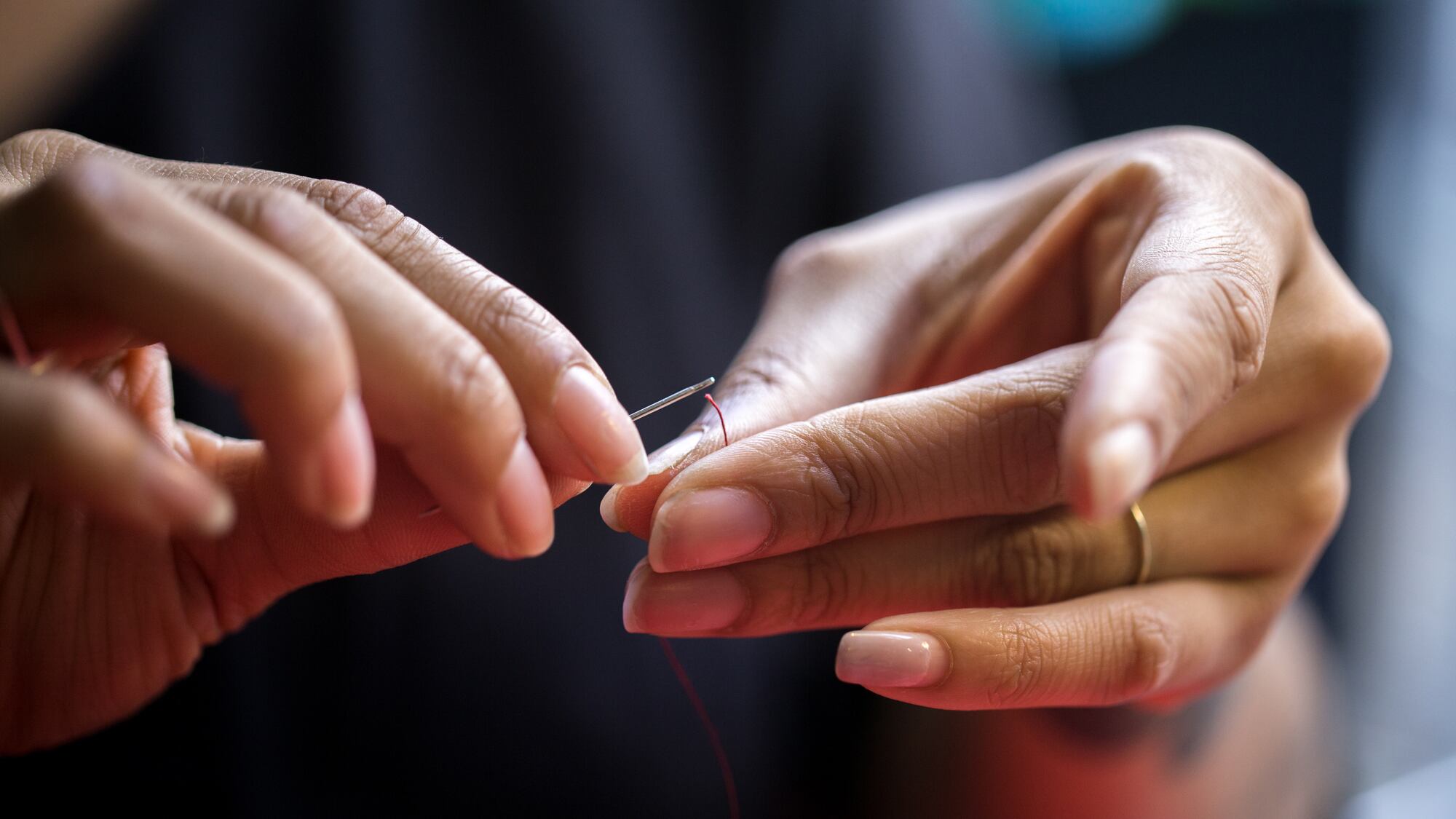As summer becomes scorching, Portland sheds its woolen layers, along with the rest of its clothes. Around the same time our legs see the sun for the first time in months, we often realize the lack of summer outfits in our closets. Yes, the back of your drawer only goes so far, buddy.
If updating your wardrobe is on your list for the summer, chances are you want to do it right this time. You know that investing in quality over quantity will ensure fewer trips to the store, along with more comfort, durability, safety and peace of mind.
Let these seven tips be your guide to getting started.

Quit fast fashion.
If giving consumers the "latest fashion trends" every 13 days sounds too good to be true, that's because it is. The long-term effects of supporting fast fashion are similar in some ways to consuming fast food. It encourages dangerous circumstances for people and the earth alike. Forced labor is common, and it produces higher carbon emissions than the alternatives. Try shopping at Portland's countless second-hand shops for a similar price, or scope the boutiques—more on that later.
Look for transparency in production.
According to a study by the Chalmers University of Technology, 70 percent of carbon emissions from the apparel industry come from production alone. If you are shopping this summer, learn to memorize and seek out the signs of a sustainable apparel company. Some are more obvious than others, but Oeko-Tex, Global Organic Textile Standard, Forest Stewardship Council, and Fair Trade certifications are among the most common and effective.
Also, do some digging on the company's website to find out where it manufactures and sources materials and who is making the clothing. Typically, the fewer facilities a garment travels to during production, the more sustainably made it is.

Fabric matters.
An easy rule of thumb is to look for clothes made from organic fibers. While polyester is in just about everything these days (especially athleisure), it's made from oil, and like all synthetic fibers, it sheds microfibers into waterways. Acrylic is worse, and viscose rayon is another common material to avoid. Opt for clothing made with little to no polyester, or polyester made from recycled, post-consumer materials. Look for products made from tencel, a sustainable alternative to viscose rayon, linen, silk, hemp and wool.
Know your resources.
As you practice all of this more often, and develop a list of sustainable resources, it will become less frustrating. Gather a document of resources you trust. For local treats, try Backtalk, which boasts a neon "sweatshop free" sign and features vintage and emerging designers. Ecovibe Apparel carries only brands that make an effort to reduce their carbon footprint. If you're in need of a brand-check or alternative, the Good on You app rates brands on earth-friendly practices, and helps you find brands similar to ones you're used to that match your style and values.
Wash with care or recycle, repeat.
A lot of unnecessary wear and tear on our clothing comes from outdated washing methods. Try air or hang drying your clothes this summer, inside or in the sun—just be wary of certain dyes and fabrics that might fade. Denim, for example, only truly needs a wash when soiled.
Take a look at apparel recycling opportunities. Plenty of local retailers, local and global, will take in old pairs of denim or shoes to be made into new products. Several consigners will sell them at a discounted "as is" price. Eileen Fisher, for example, takes clothes back from consumers once they're finished with them, to sell at a discount via Eileen Fisher Renew online or at pop-ups throughout the country. Portland Garment Factory held one just last month.

Fix it before you ditch it.
Get out of the habit of thinking that once you snag a sweater, rip your pants, or lose weight, you need an entire wardrobe overhaul. Learn to sew on your own buttons, or find a local tailor or seamstress to refresh those pieces. Portland has Hidden Opulence and Silhouette, to name just two.
Swap, don't shop.
If this hasn't crossed your mind yet, maybe quit shopping altogether. Make a game of it and see how long you can go, get second eyes on your current wardrobe to create new outfits, or come up with shopping alternatives. Consider hosting a clothing swap with friends or partner with a local organization, and donate the leftovers. I just hosted one myself. We purged our closets, updated our wardrobes, and gave clothing to those who need it more. And we did it without spending a dime —what's better for the planet (and our wallets) than that?

